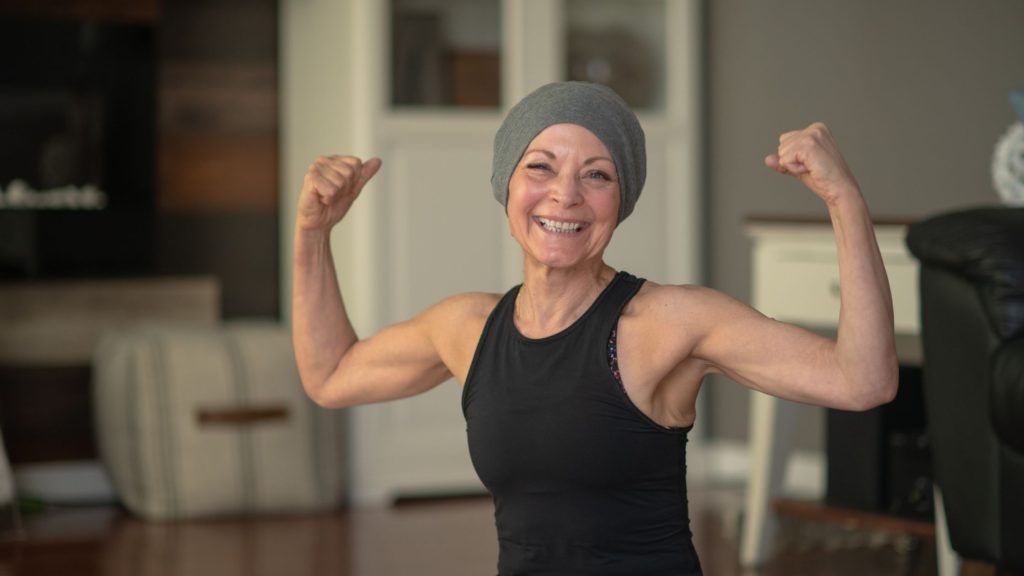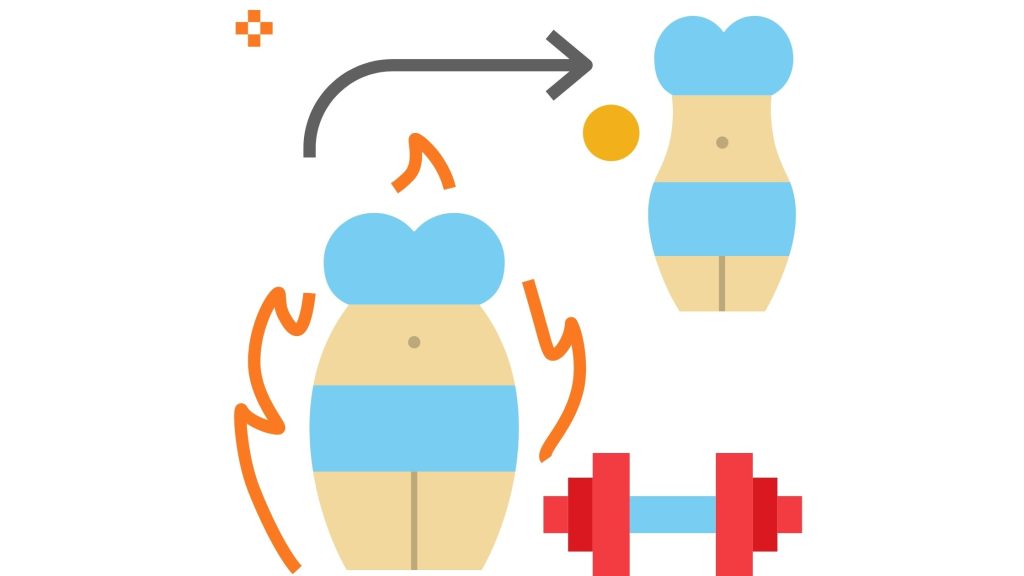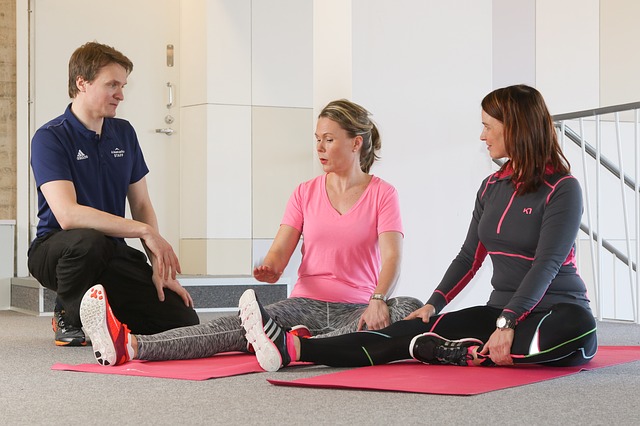Last updated on April 21st, 2025 at 11:45 am

A recent study reveals that exercise intervention during and after cancer chemotherapy has beneficial effects on the cancer sufferer’s cardiovascular and musculoskeletal health. The research was published online in JACC: CardioOncology and can benefit millions of cancer sufferers receiving chemotherapy globally.
This article will try to understand how scientists conducted this study and what made them conclude it. We will also learn the intervention that resulted in improved health after cancer treatment in the participating candidates.
Physical exercise during and after chemotherapy
Presently, chemotherapy is the preferred method for the treatment of cancer. However, it frequently leads to adverse effects on our cardiorespiratory health, such as reduced cardiorespiratory fitness and increased fatigue, which can lead to reduced quality of life and may even reduce survival.
Scientists already knew the beneficial effect of exercise in the prevention and cure of cancer, but researchers in the Netherlands were looking for the benefits of exercise intervention during and after chemotherapy. They were curious whether an exercise intervention initiated during chemotherapy is superior to an intervention initiated after chemotherapy for improving long-term cardiorespiratory fitness. For this, the Netherlands researchers recruited 266 cancer patients between February 2013 and November 20181.
Out of 266 patients, 139 were suffering from breast cancer, 95 were diagnosed with testicular cancer, and 30 were having colon cancer, including 2 with lymphoma.
They were divided into two groups, Group A and Group B. The patient in Group A was initiated with exercise intervention during chemotherapy. In Group B, the intervention was started approximately 3 weeks after administering the final dose of chemotherapy. The intervention consisted of 12 weeks of supervised exercise and 12 weeks of home-based unsupervised exercise (both 36 sessions).
The supervised exercise intervention consisted of Physical Activities: bicycle stationery (moderate to vigorous effort), resistance training (weightlifting, free weight), and badminton. After completing the intervention, both groups were assessed for the positive effect of exercises, and researchers carefully collected the data to analyze it further.
What did the researchers measure?
After the finish of the intervention, the researchers wanted to measure the impact of exercises on each participant. For this, they measured the following:
- How well the participants’ bodies used oxygen during exercise (cardiovascular fitness).
- Muscle strength in their legs and arms.
- Other factors are fatigue and physical activity level.
How beneficial is to initiate exercise during chemo vs after chemo
In the first weeks of chemotherapy, in both groups A and B, the cardiovascular fitness declined. However, the decline was comparatively lower in group participants who exercised during chemotherapy, i.e., group A, compared to group B. However, immediately after chemotherapy, the patients in group A exhibited improvement in quality of life and muscle health, whereas the values in group B continued to decline. Remember that in group A, the exercise intervention had already begun.
Interestingly, regardless of when they started exercising, both groups ultimately regained their baseline cardiorespiratory fitness one year after the program. Both groups also showed a significant increase in self-reported physical activity after the program and at one year, suggesting a lasting shift in behaviour.
Notably, the study found that exercise, whether during or after chemotherapy, is safe and effective for cancer survivors.
The key takeaway
The health benefits of exercise are not a secret, but surprisingly, it can even benefit a cancer sufferer under chemotreatment. Colin Egglesfield, known for his roles in All My Children and Something Borrowed, who recovered from cancer, shared on a social media his experience of the positive impact of exercise in cancer recovery.. This study clarifies that exercise can be safely performed during chemotherapy, prevents fatigue, decreases muscle strength, and improves quality of life. Also, if exercise cannot be performed during chemotherapy, a program afterwards can enable patients to regain the same level of function, measured 1 year after completion of the intervention.
The exercise interventions the researchers included in the study are:
- Cycling: Moderate to vigorous effort on a stationary bike.
- Resistance training: Weightlifting or free weights for 1 hour.
- Badminton: Moderate intensity for 0.5 hours.
So, if you plan chemotherapy, you can add these exercises by consulting your doctor and physical therapist. For resistance exercises, I have covered this concerning diabetes in one of my articles, “Dummies Guide to Exercising for Diabetes| 12 Easy Workouts to Follow From Today.” The exercises mentioned in the blog article are home-based exercises anyone can learn and perform.
The rest of the aerobic exercises you can include are brisk walking, moderate jogging and cycling. I hope these will help you recover faster!
Keep Reading: A simple finger trick to check if you’ve Lung Cancer
The author is a physiotherapist who has been practising for the last 17 years. He holds a Bachelor's in Physiotherapy (BPT) from SVNIRTAR (Swami Vivekananda National Institute of Rehabilitation and Research), one of the prestigious physiotherapy schools in India.
Whatever he learns dealing with his patient, he shares it with the world through blogs and e-books. He also owns a YouTube channel, "Sunit Physiotherapist" with over 8 lakh active subscribers. Here, he shares everything he gets to learn serving the patient.





